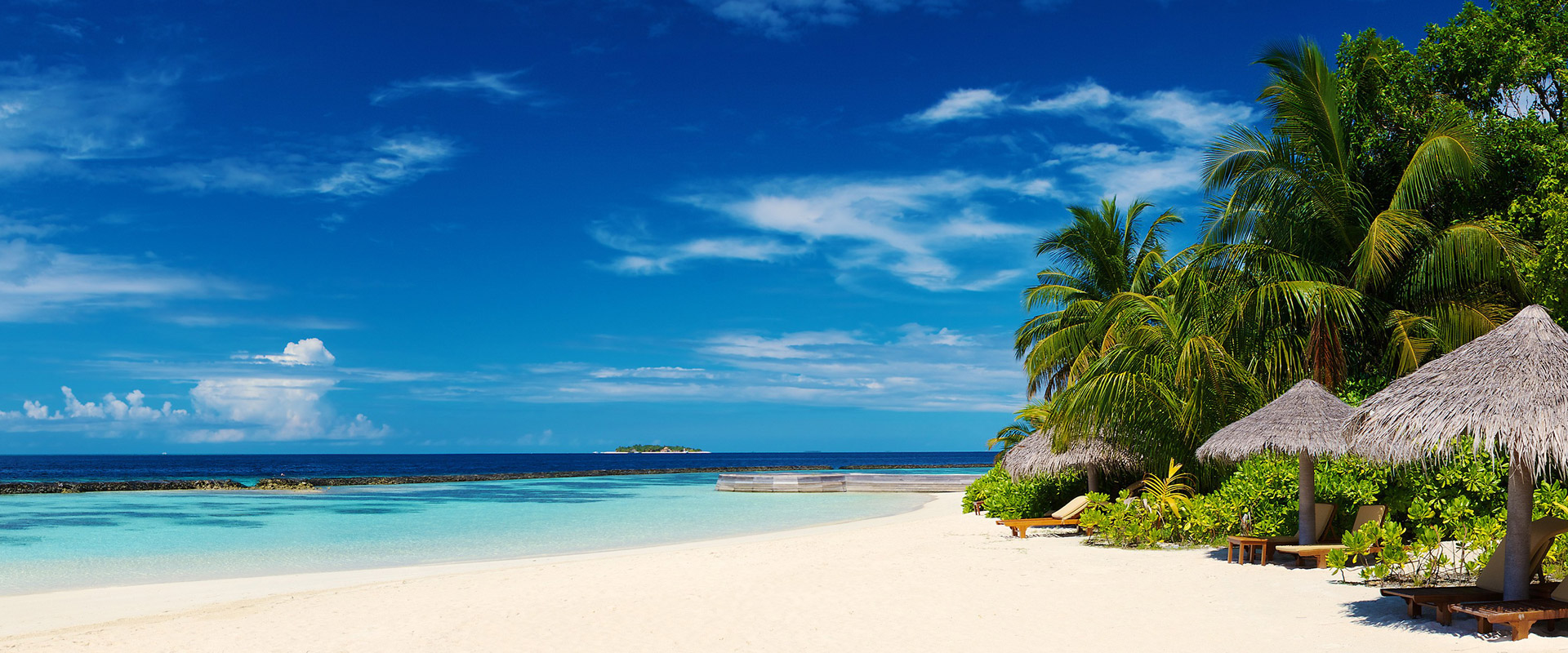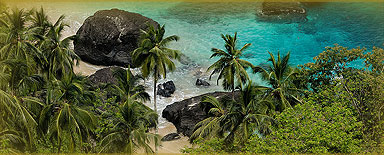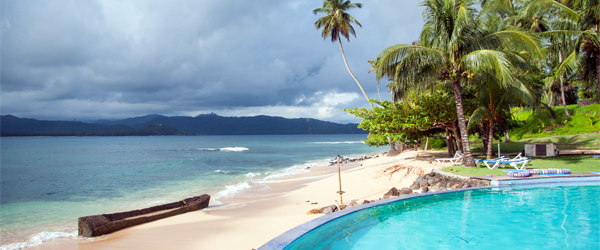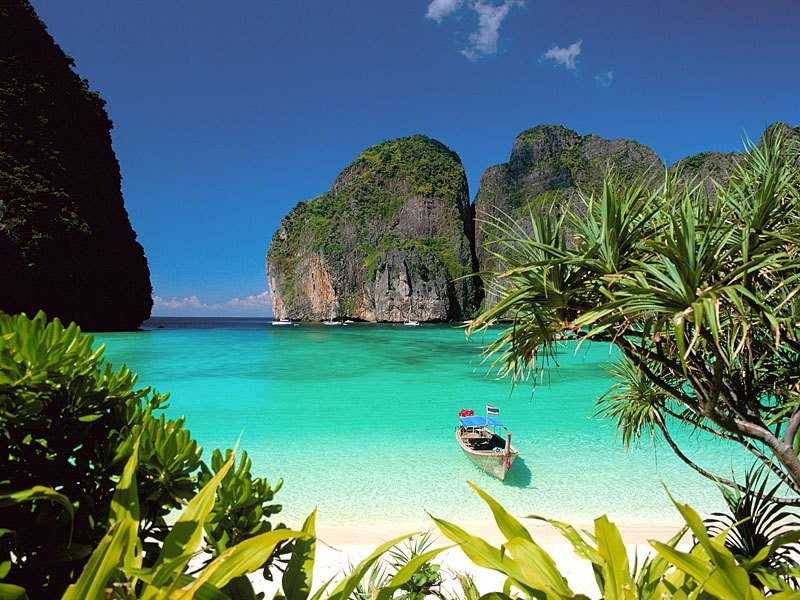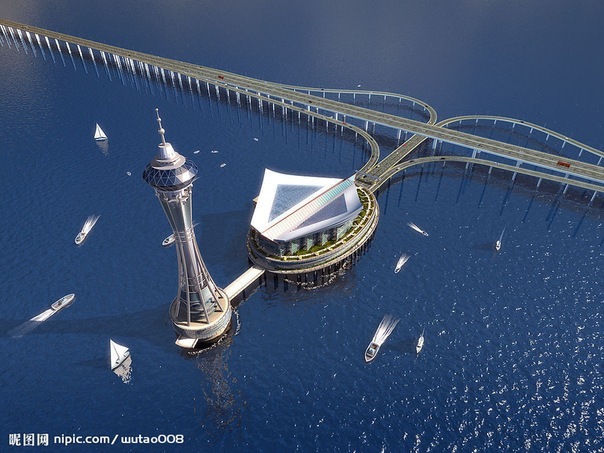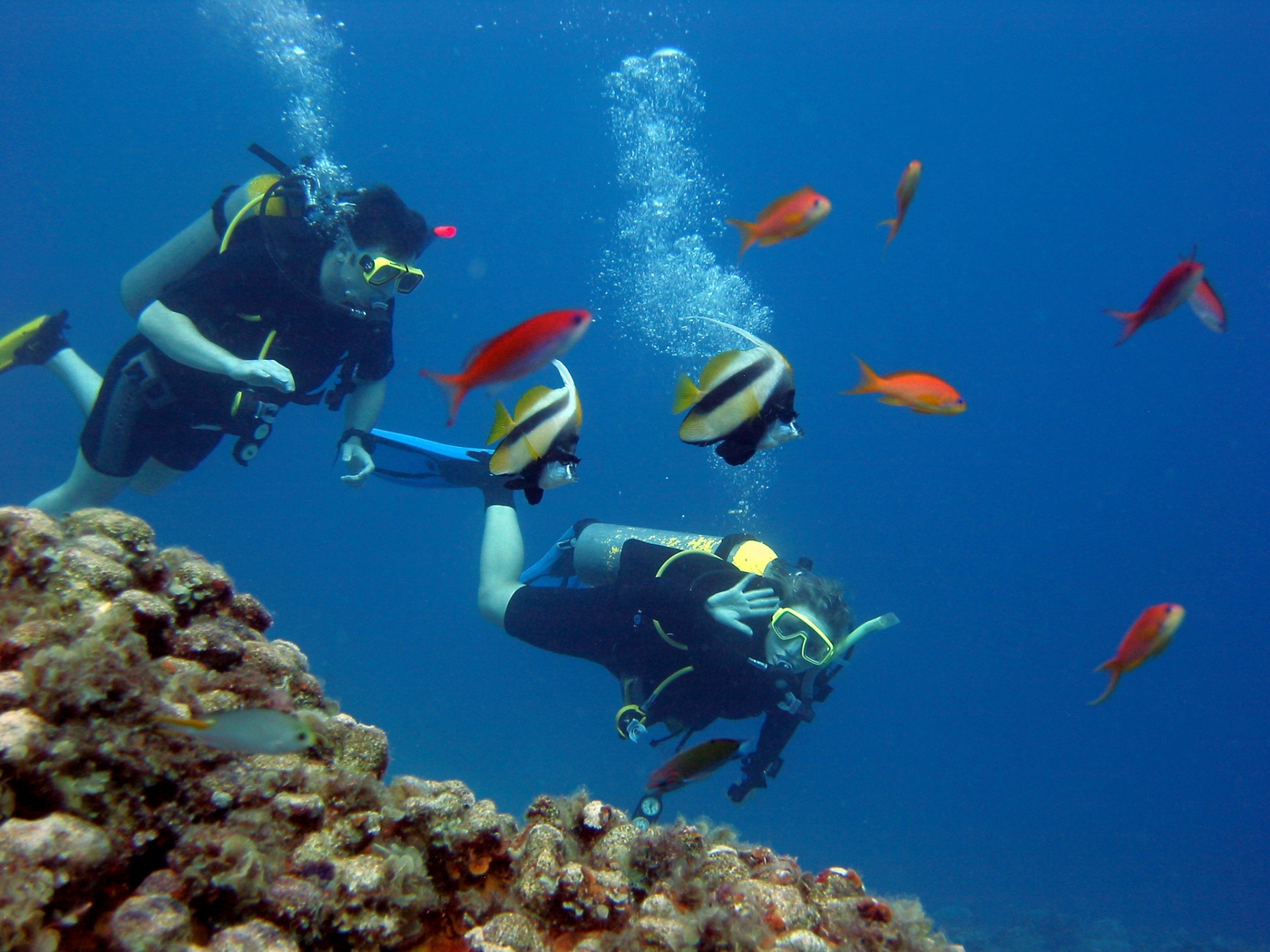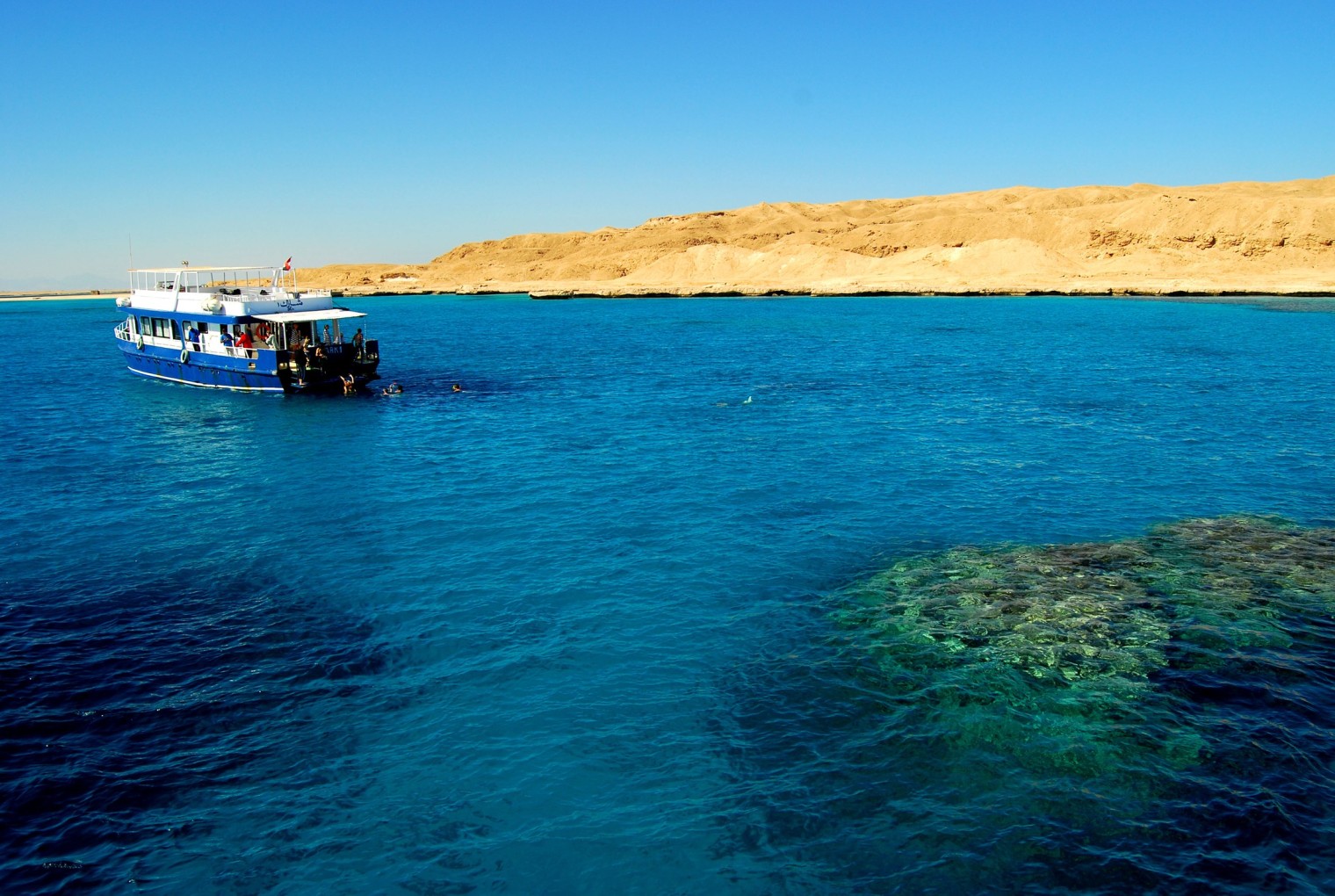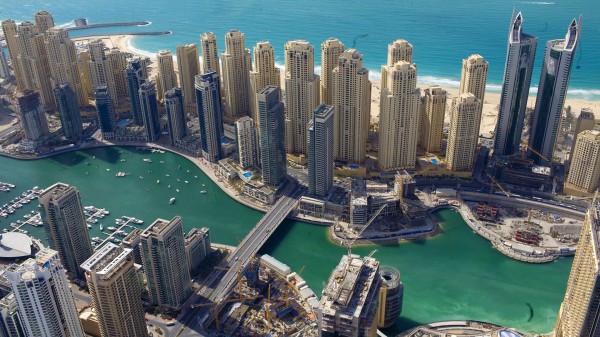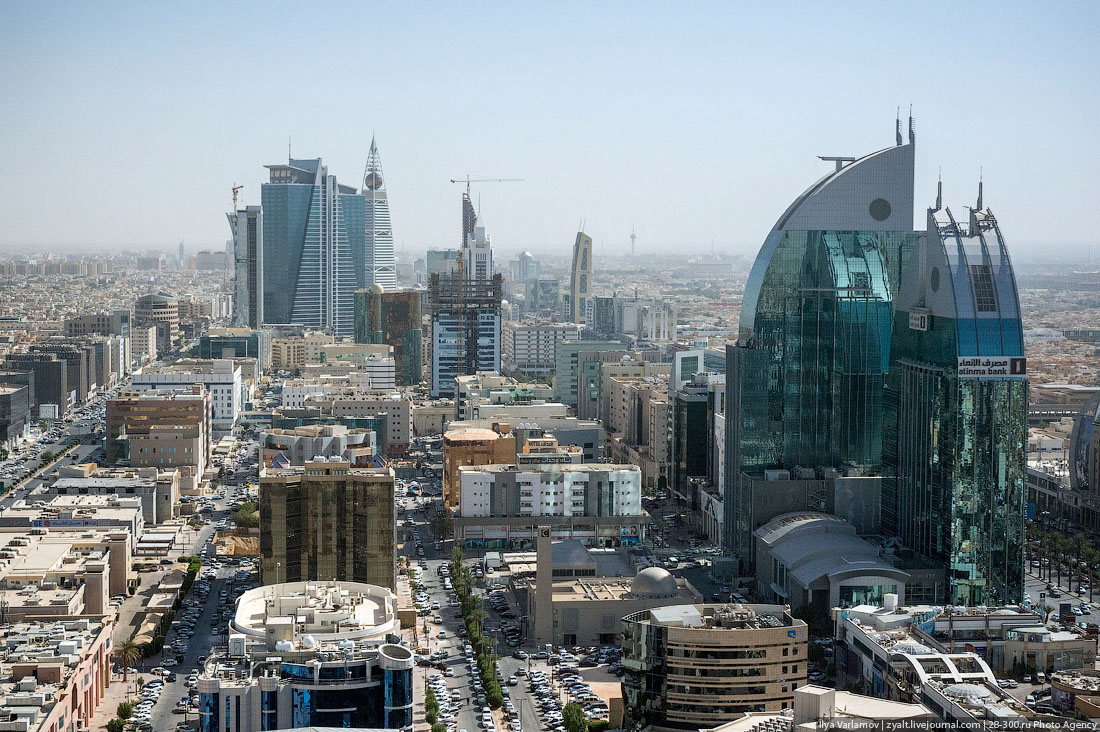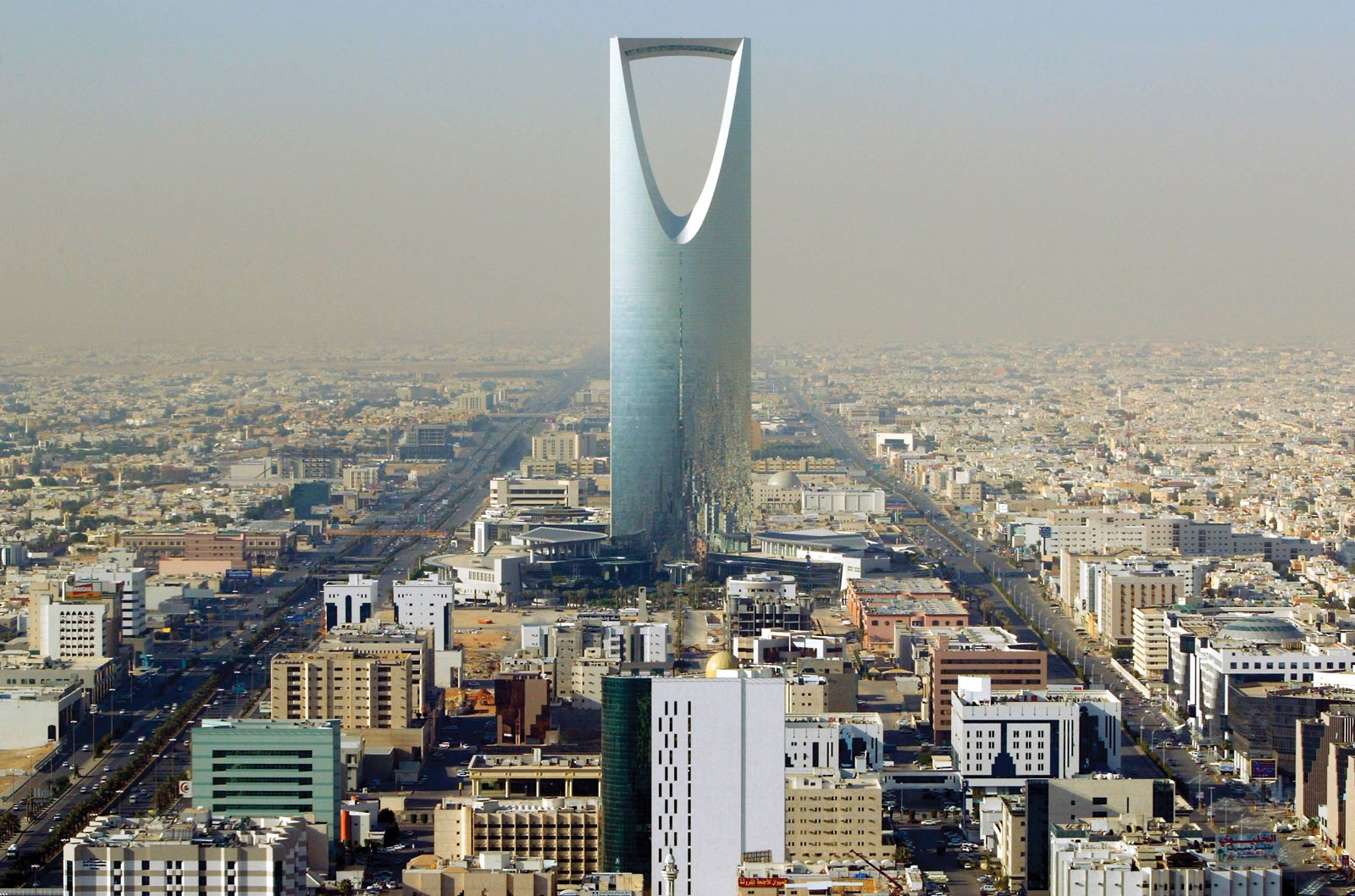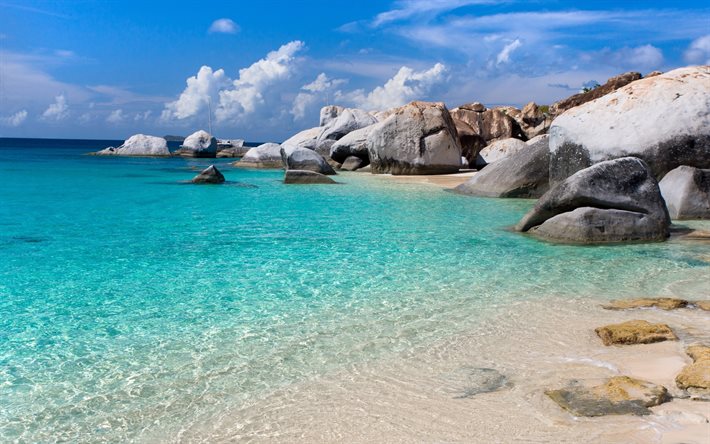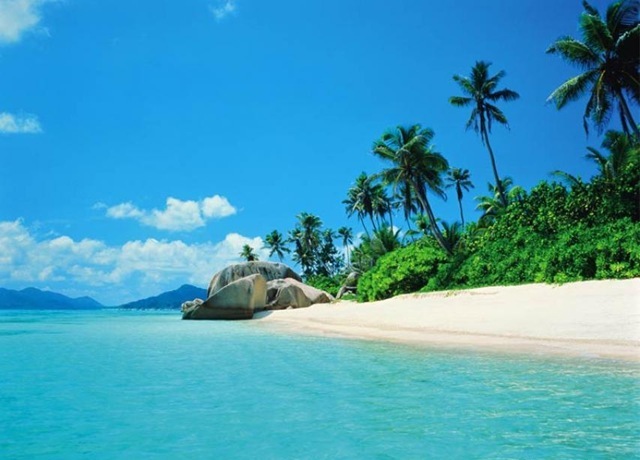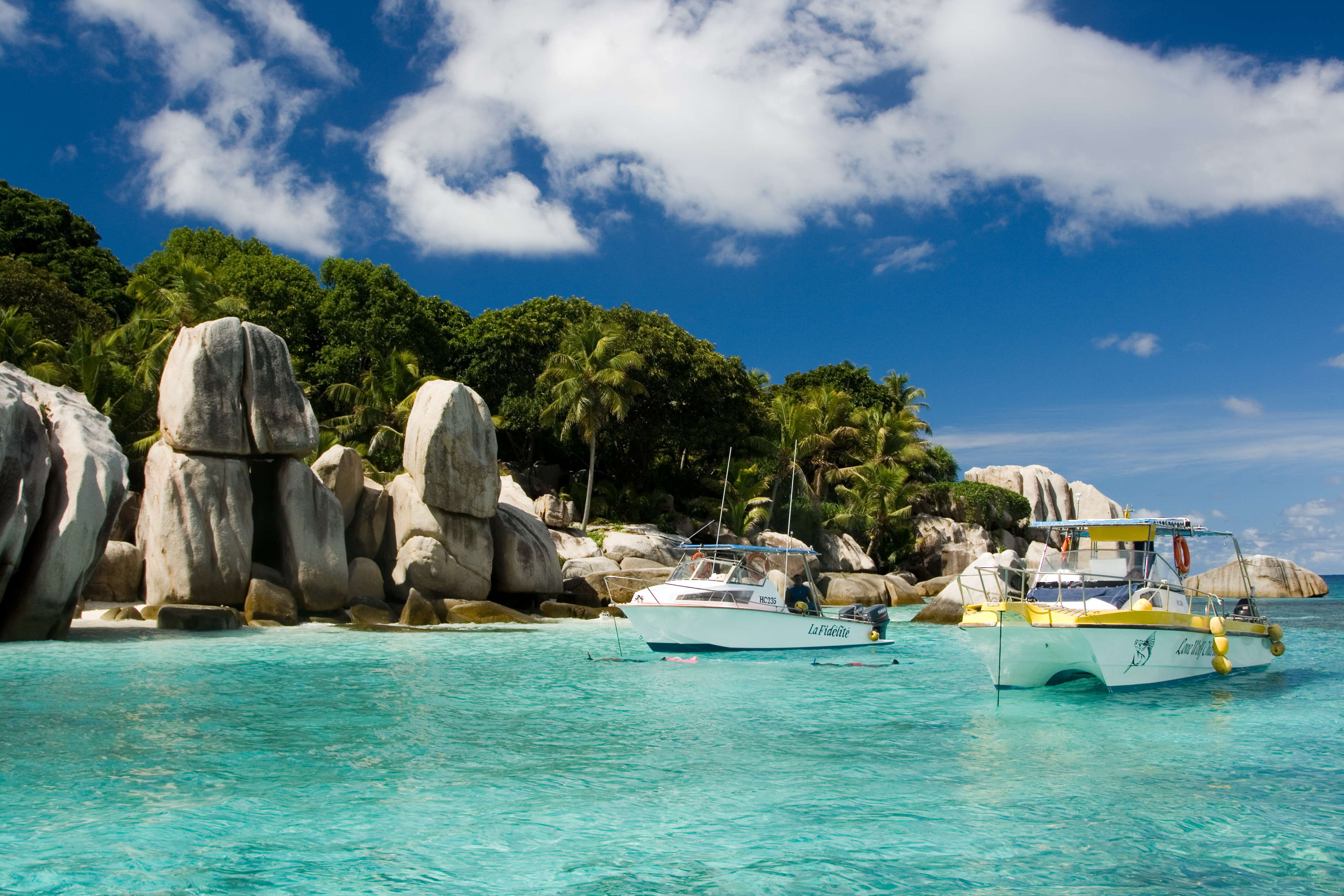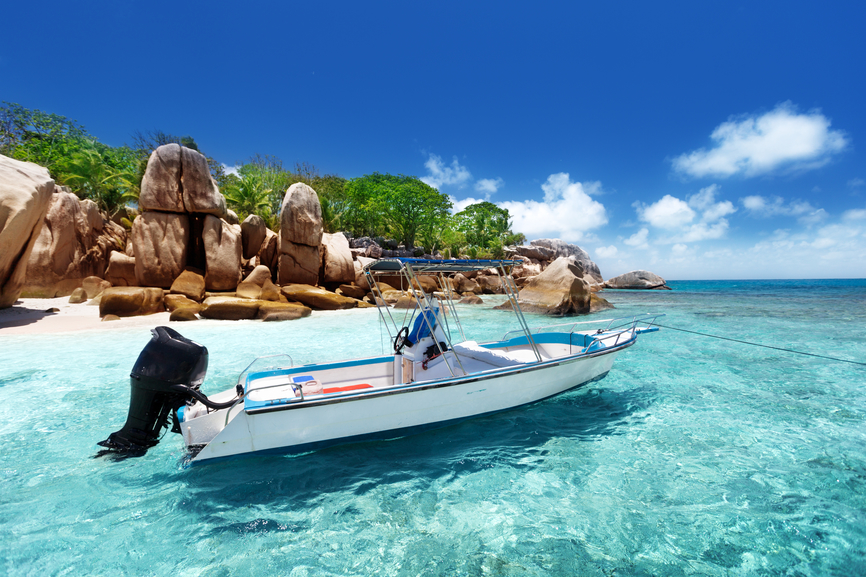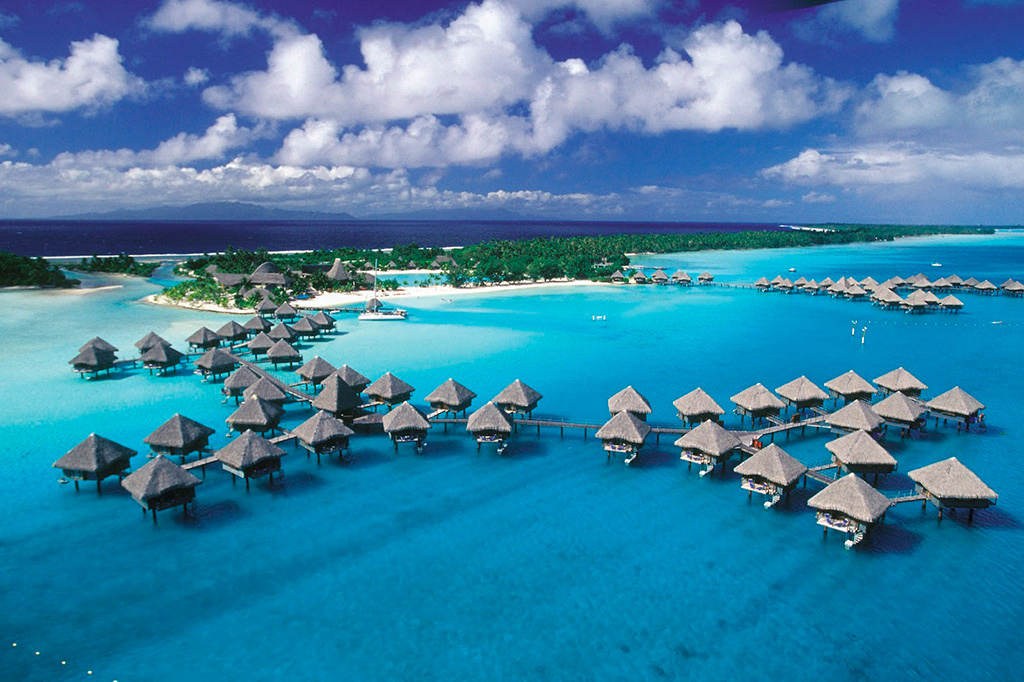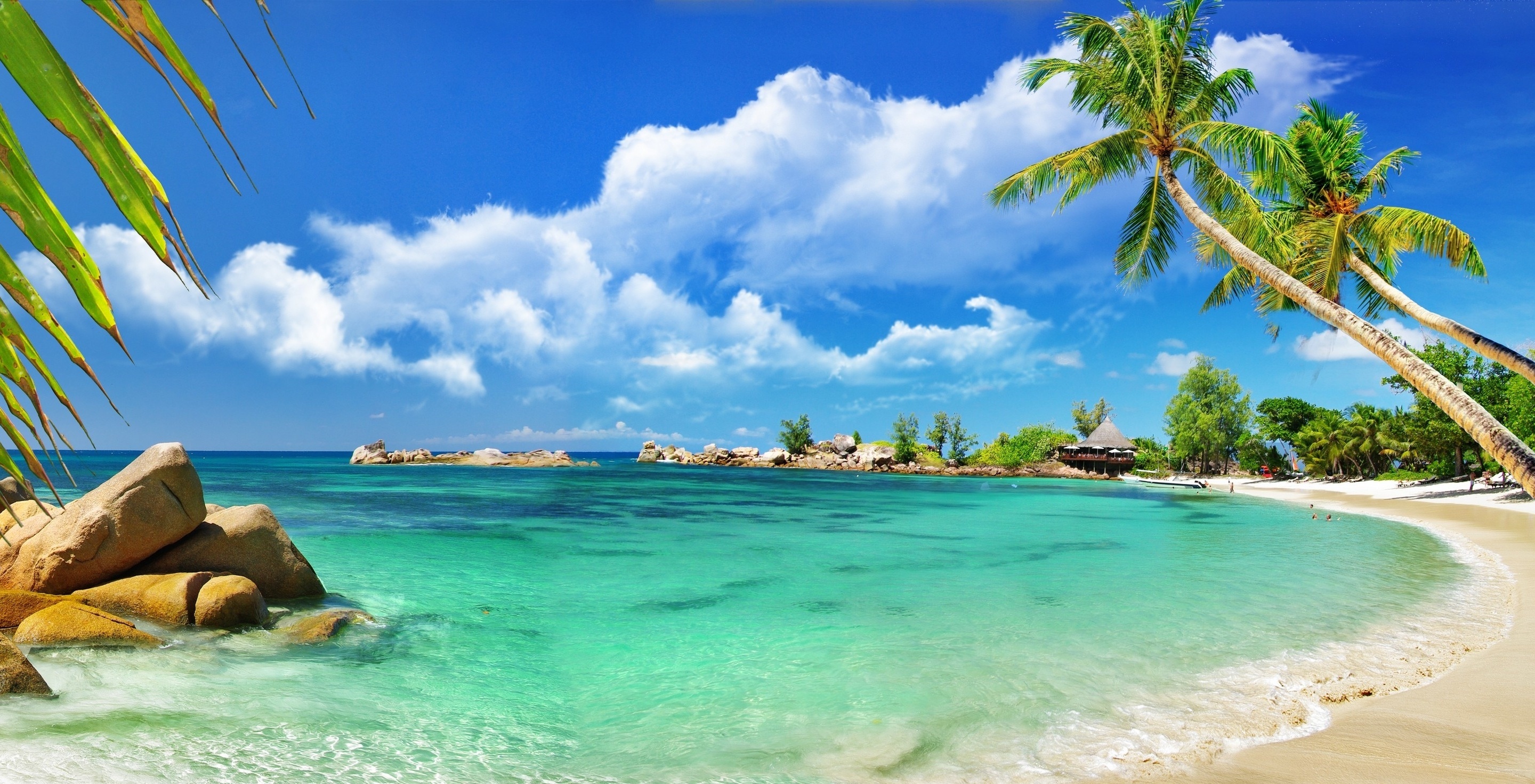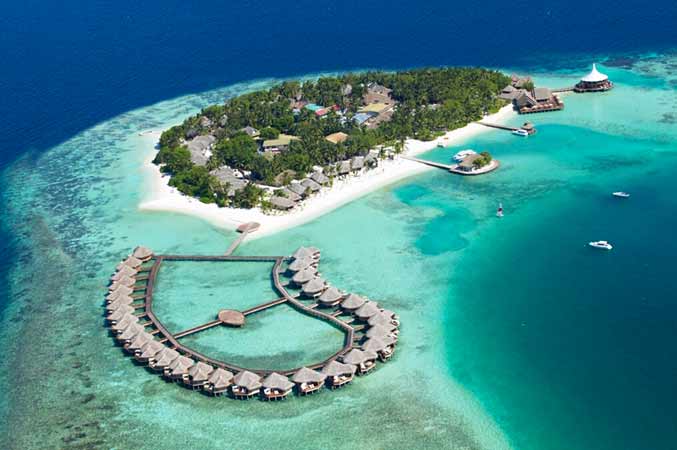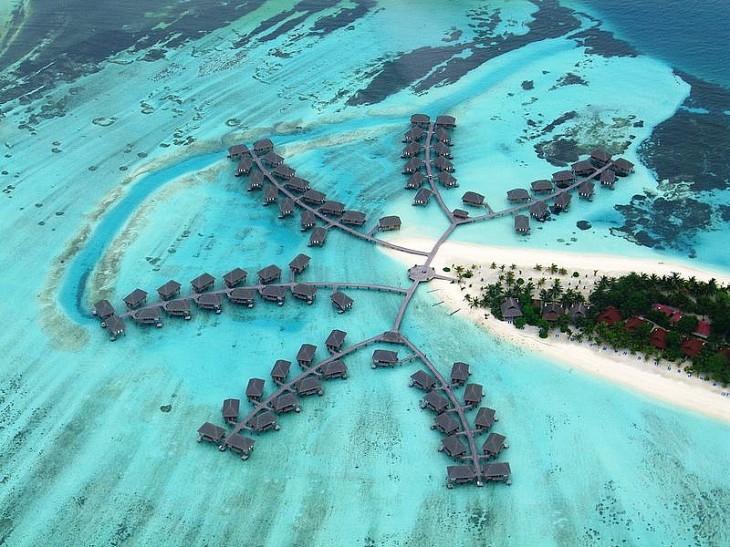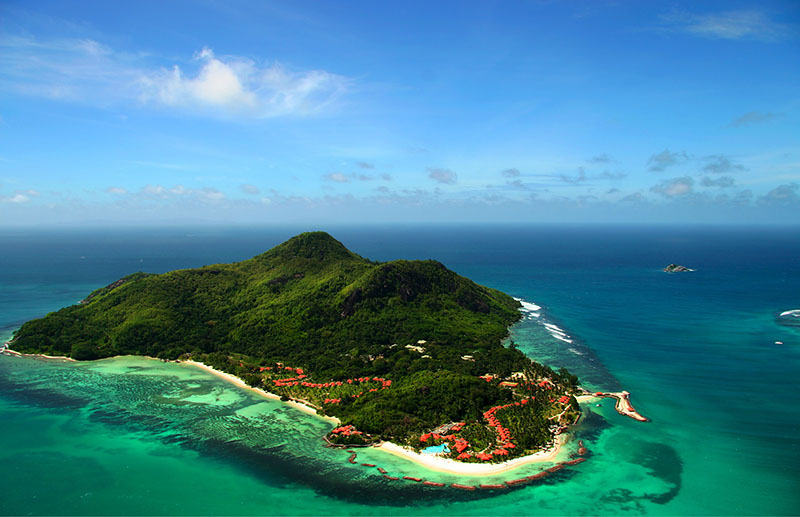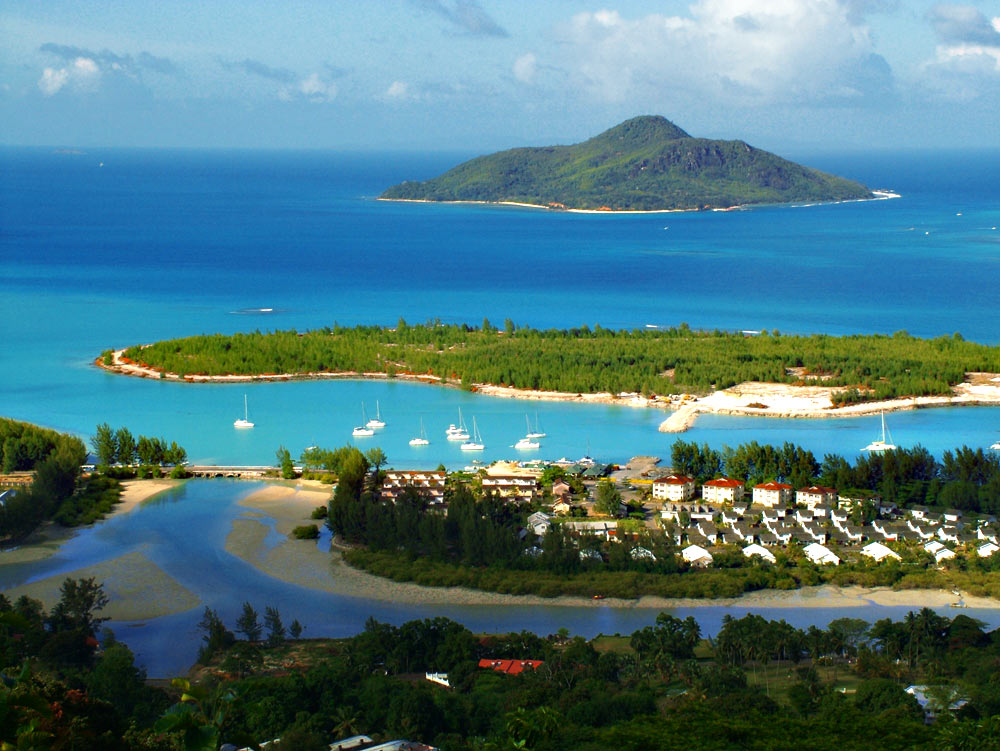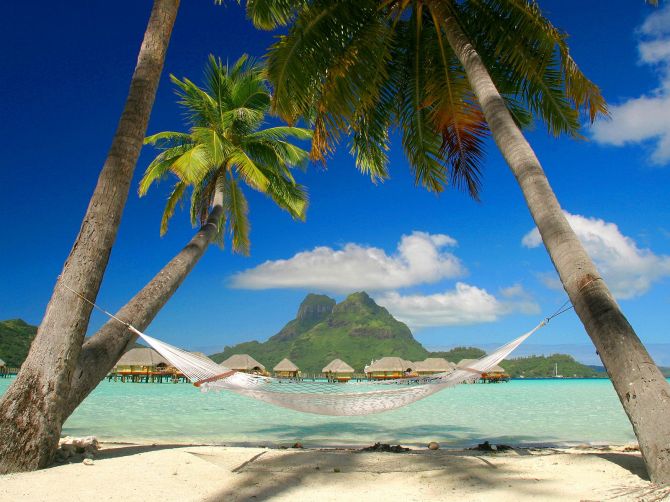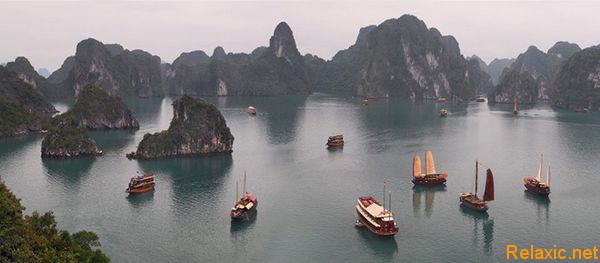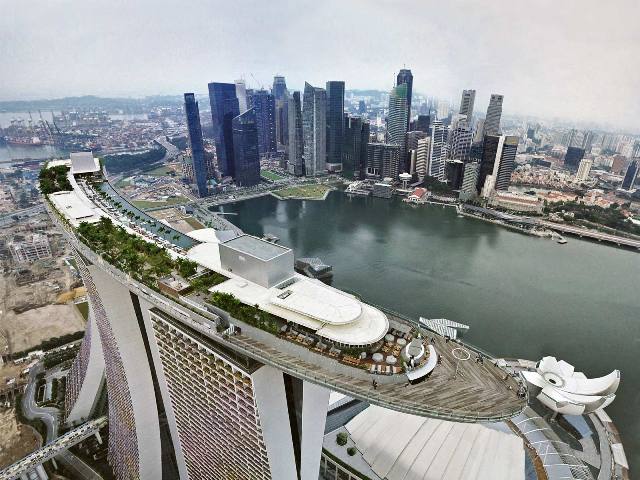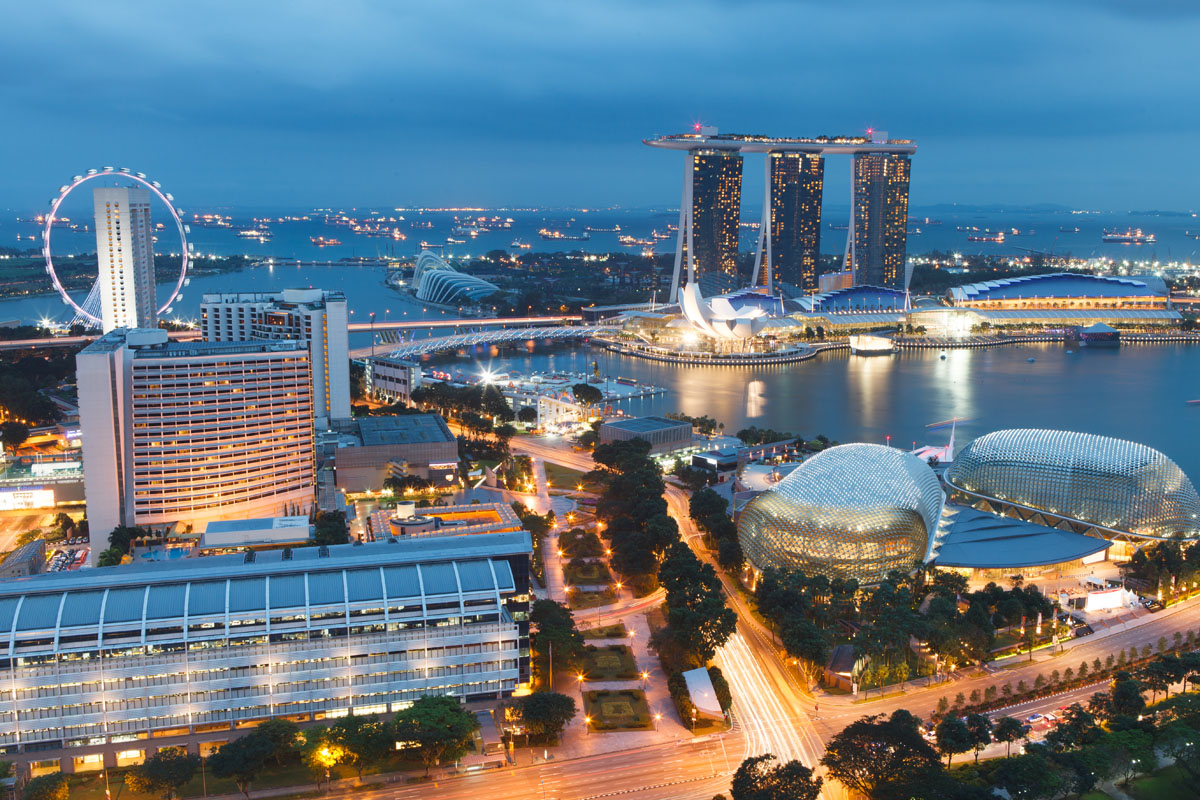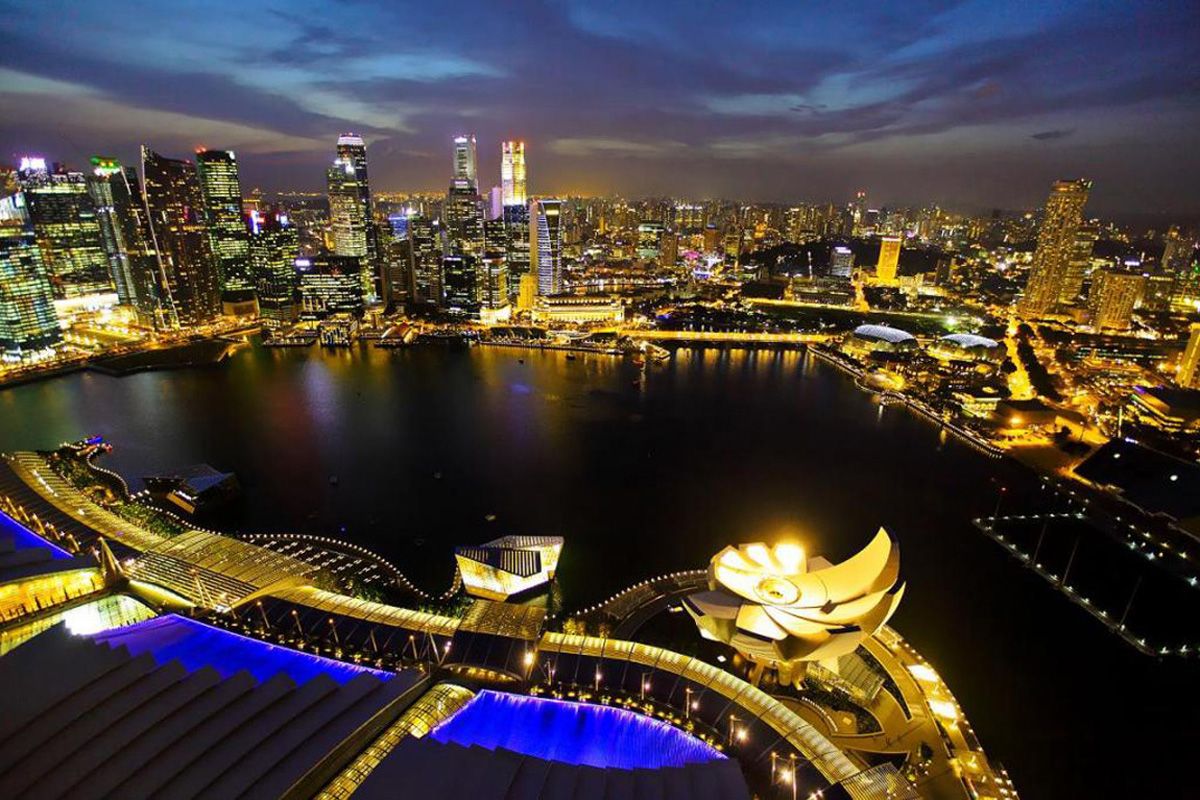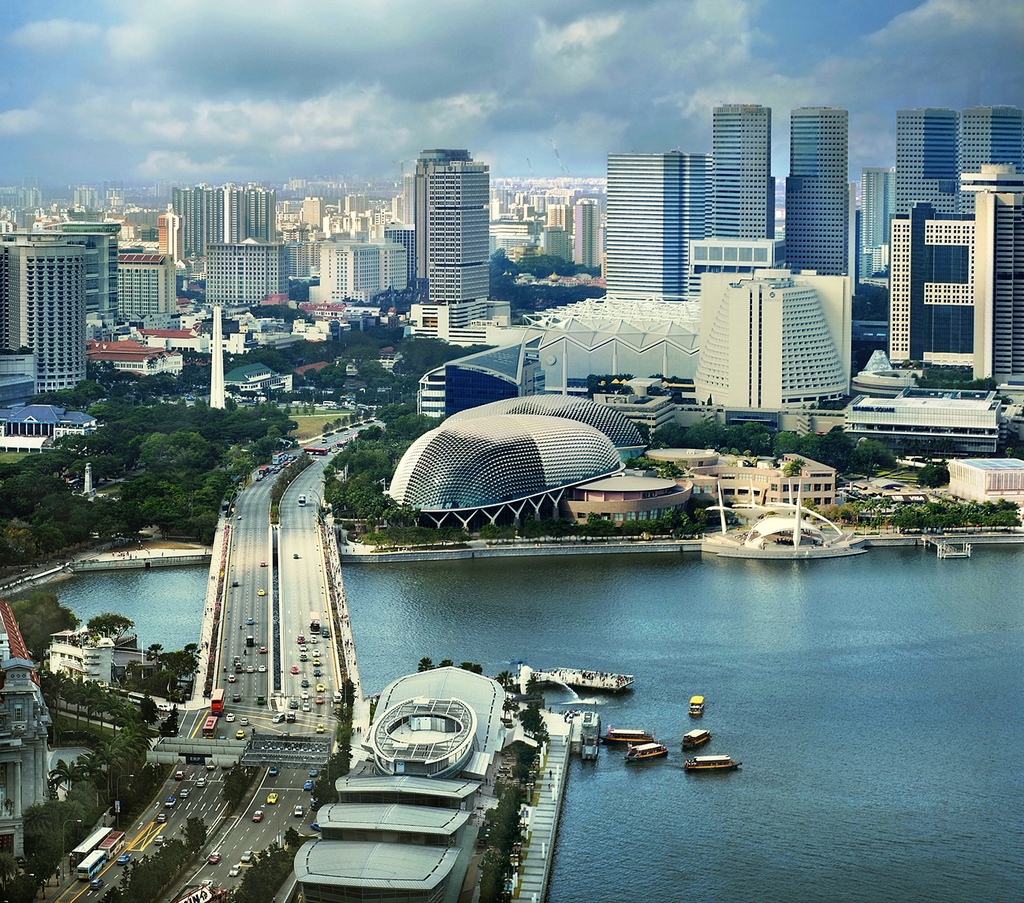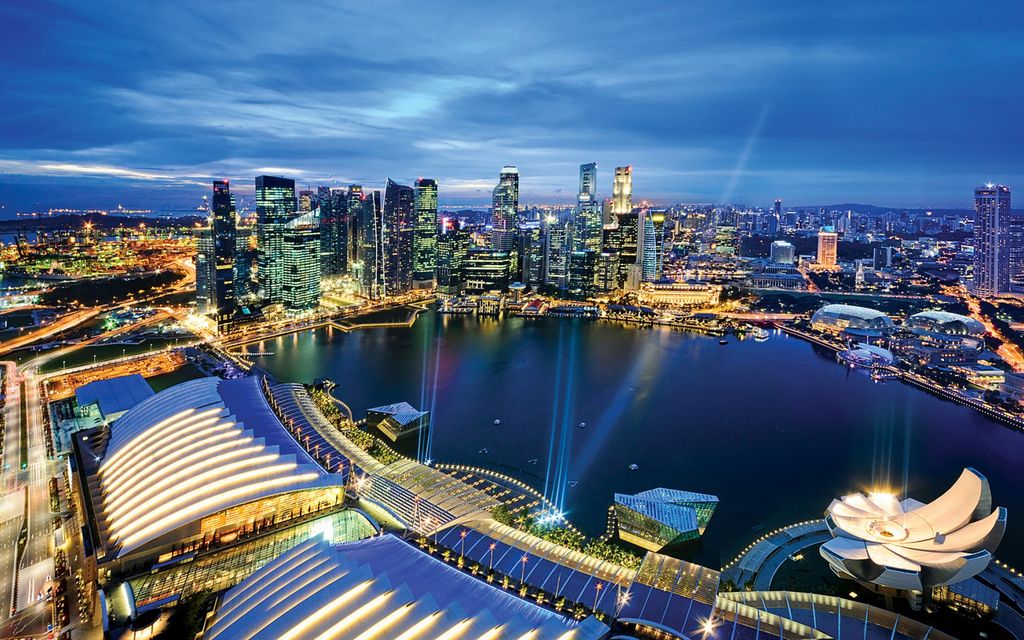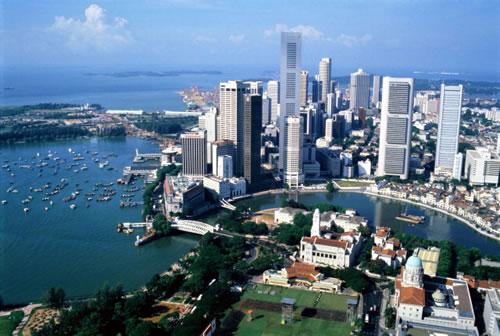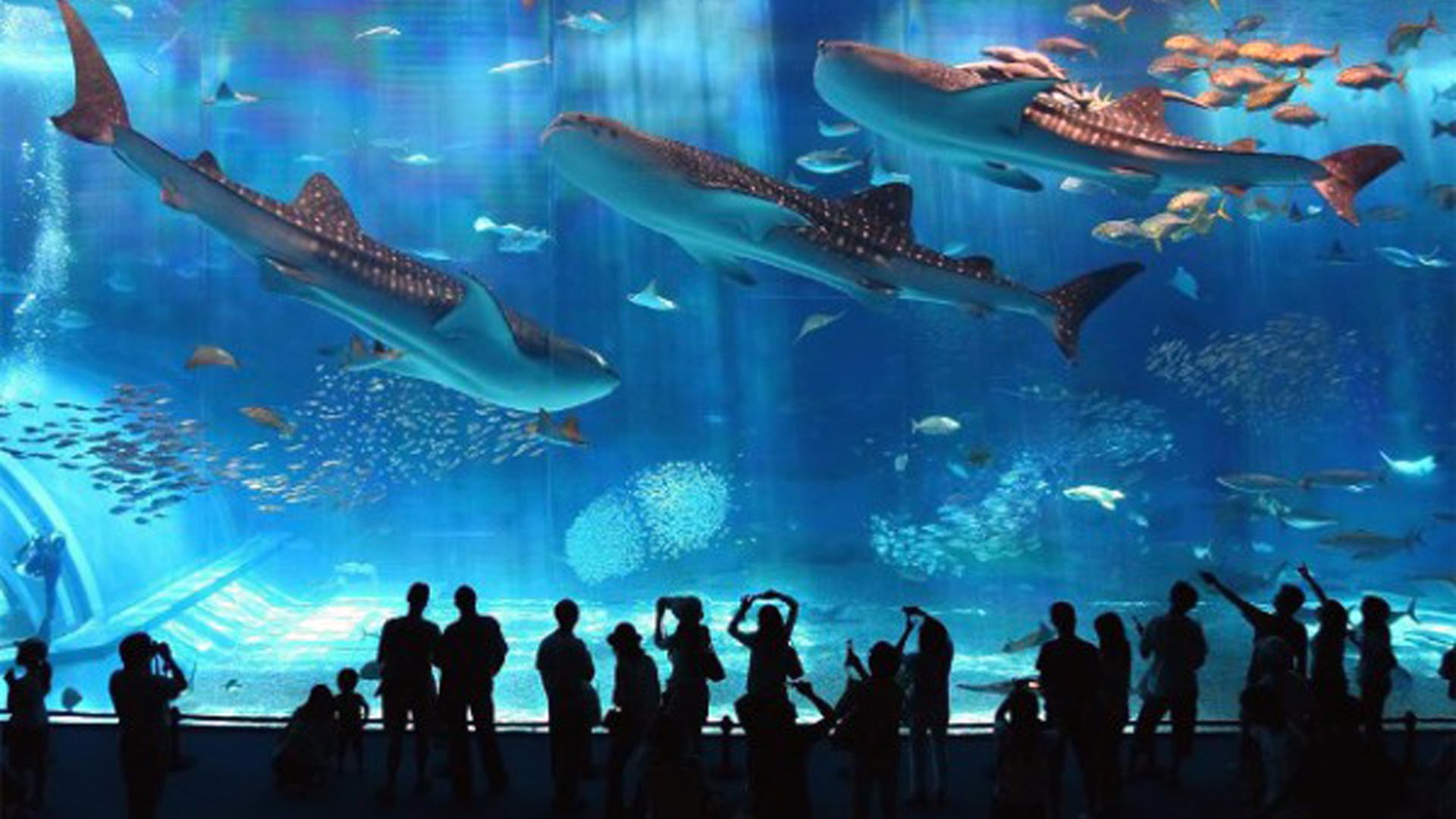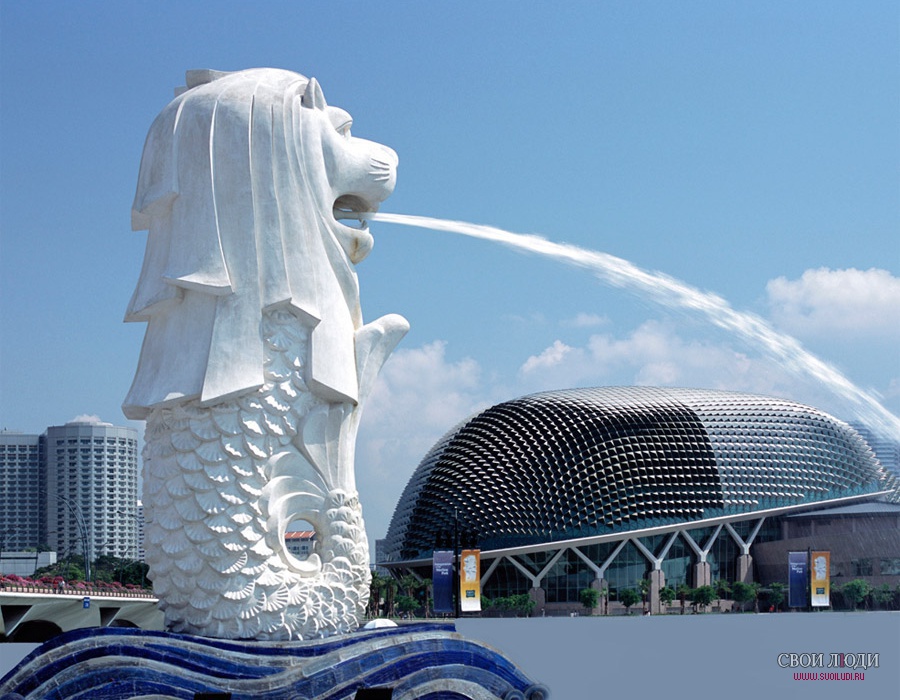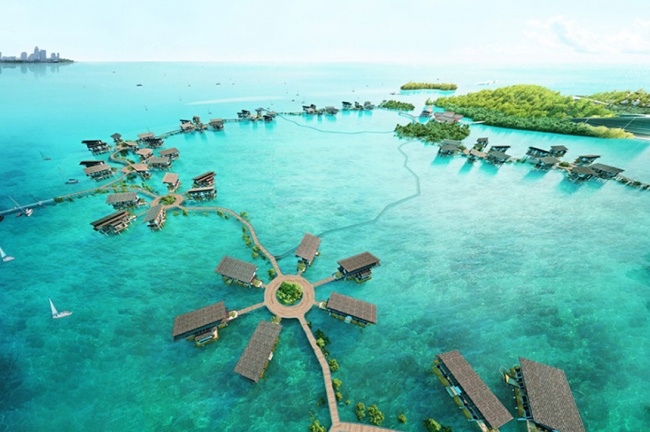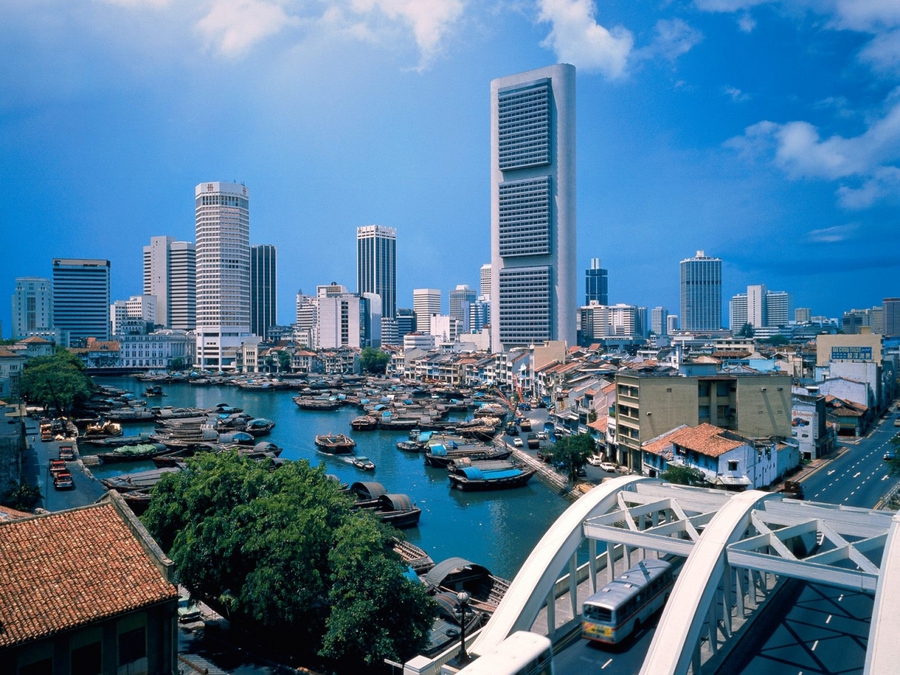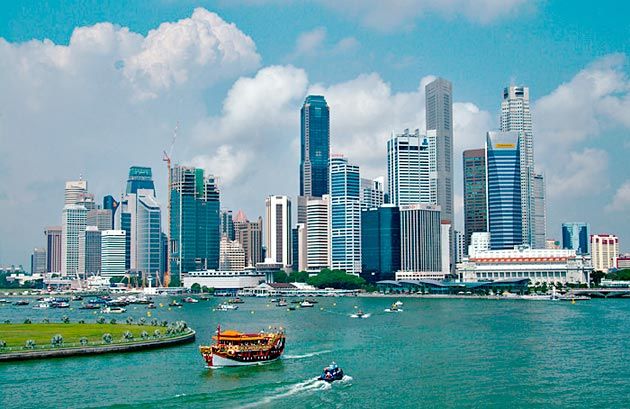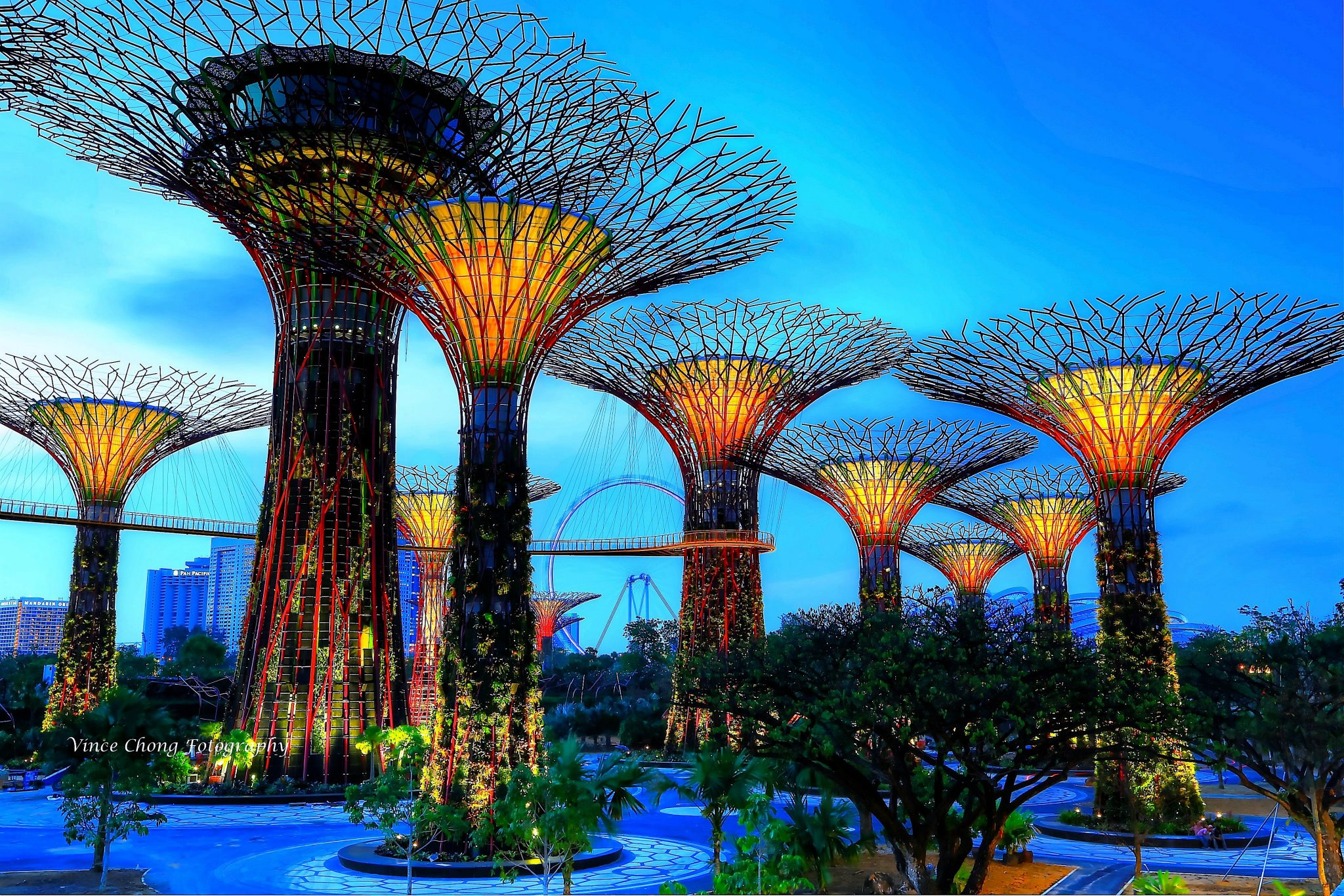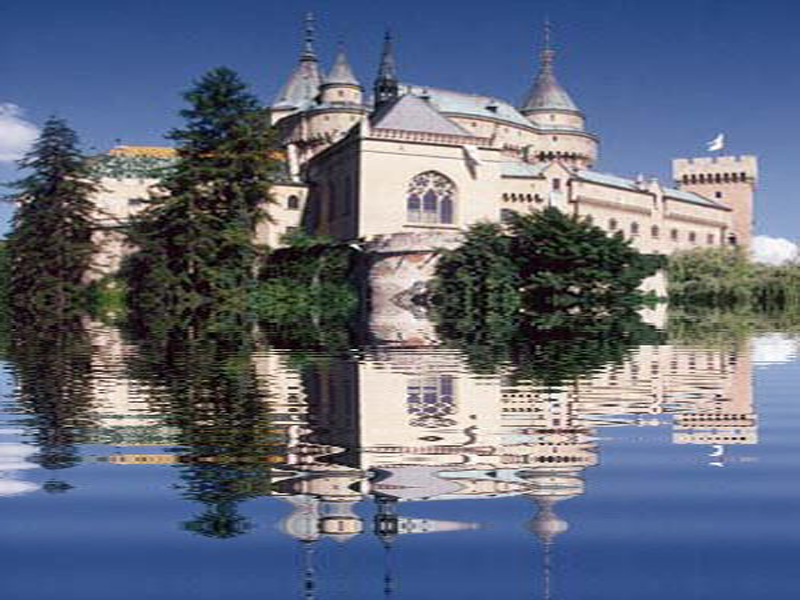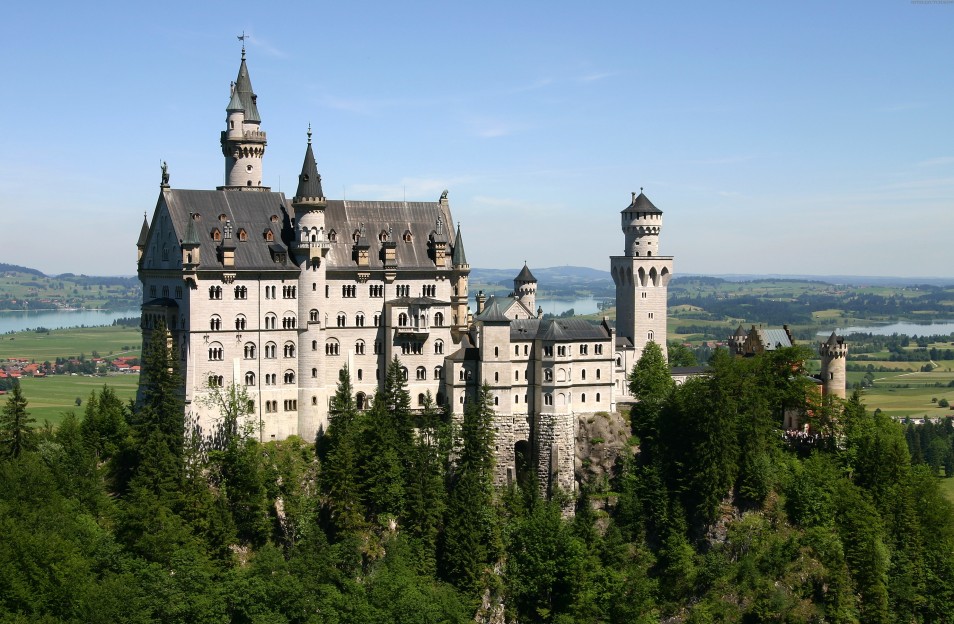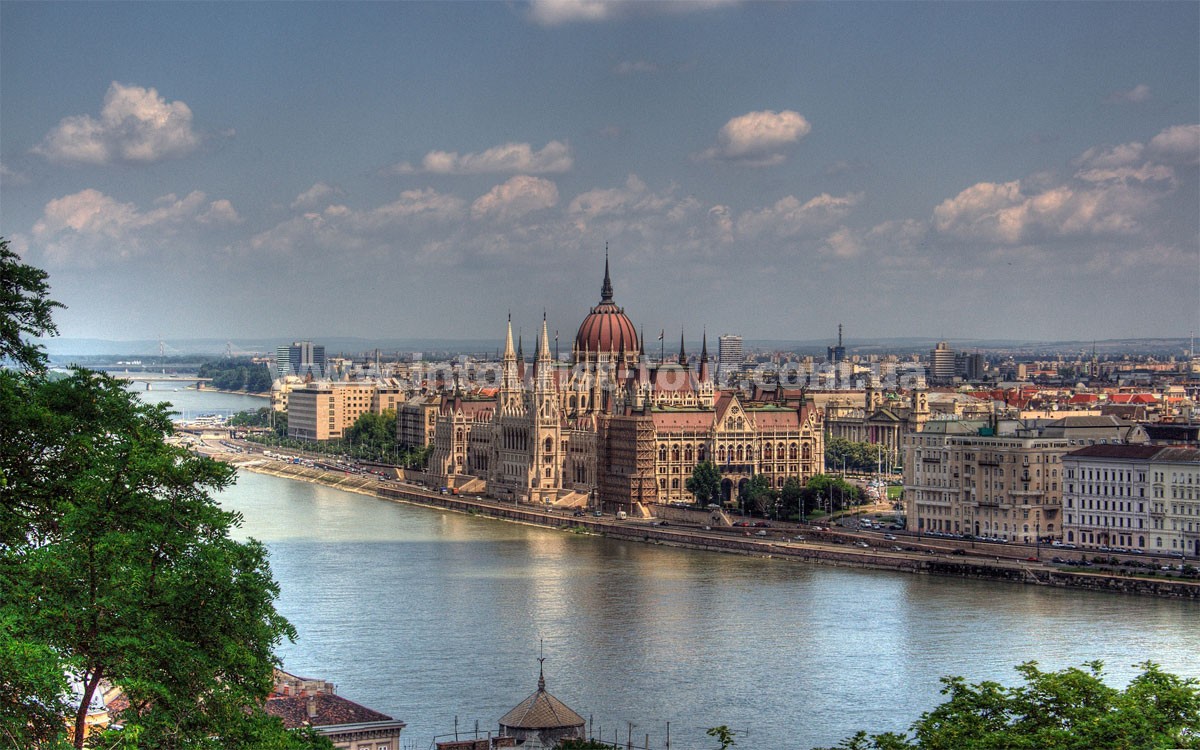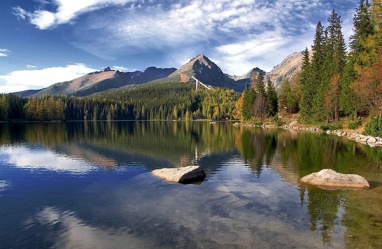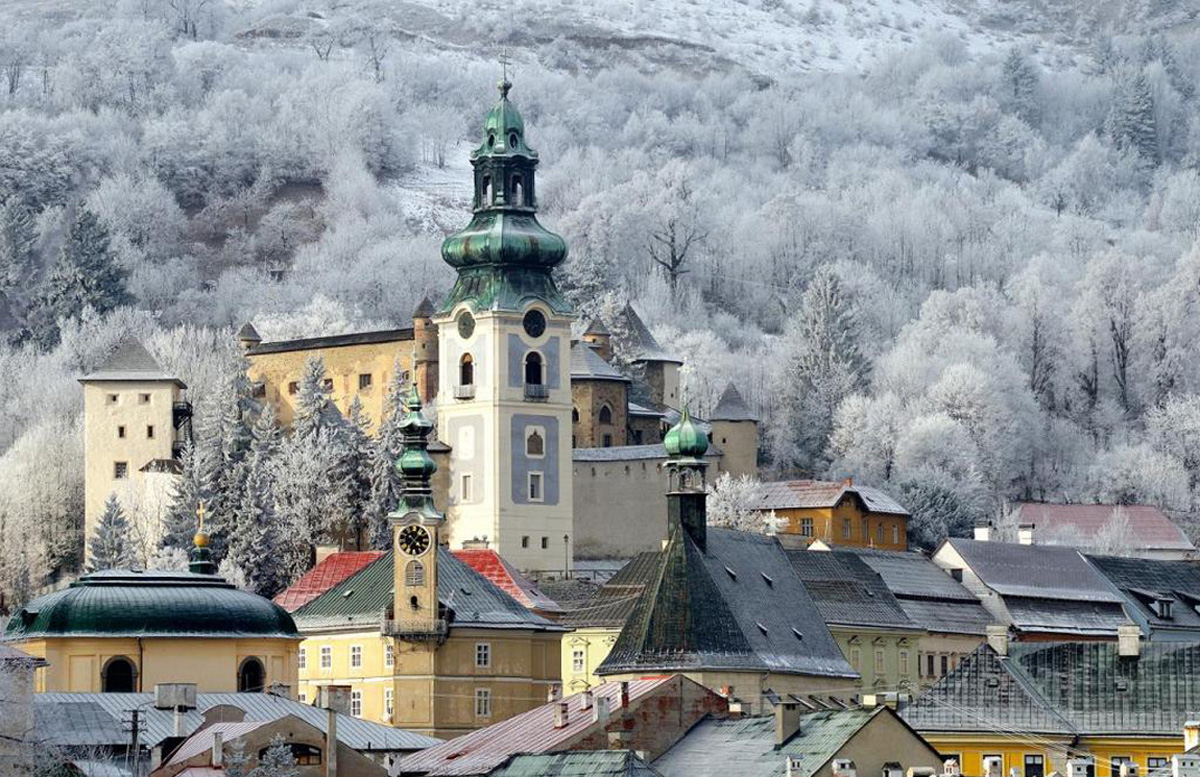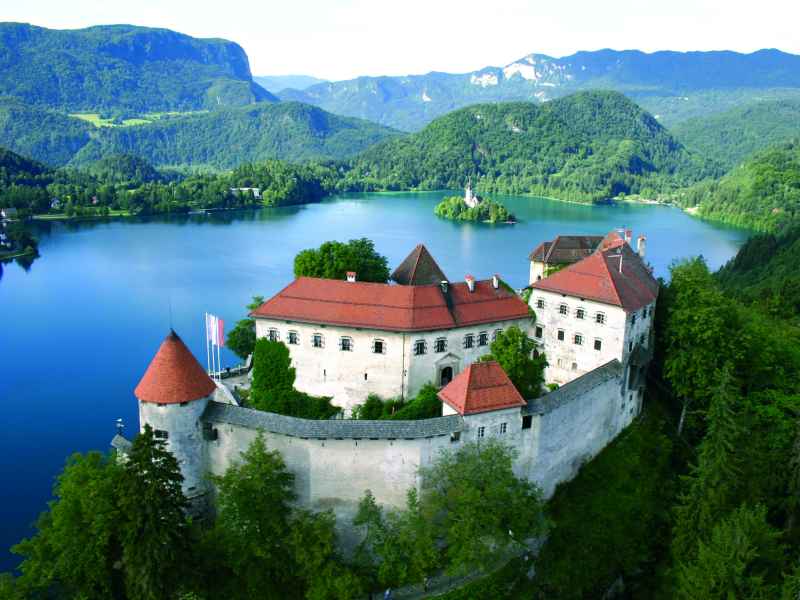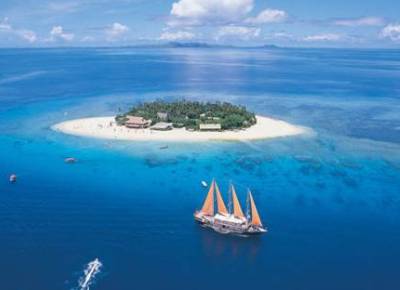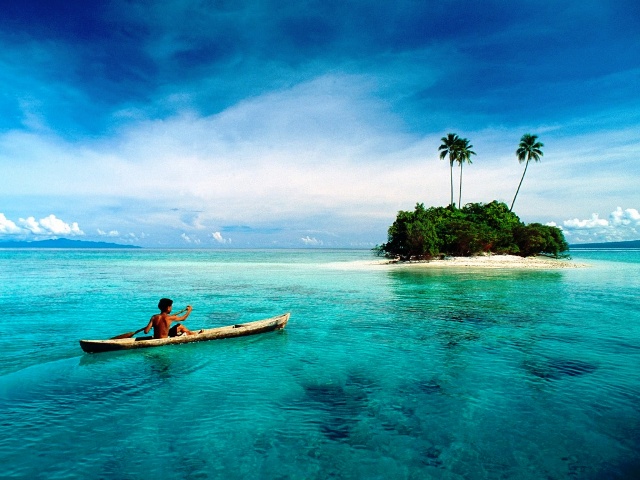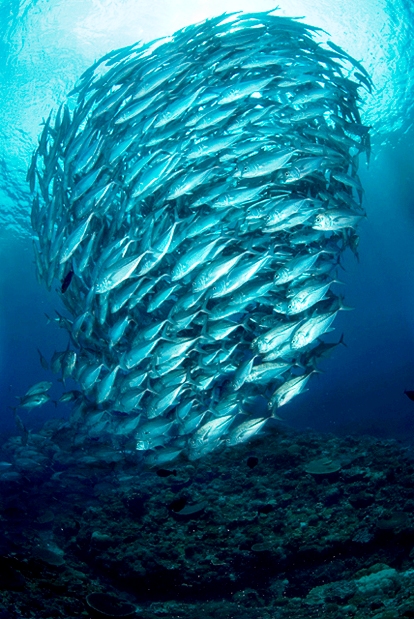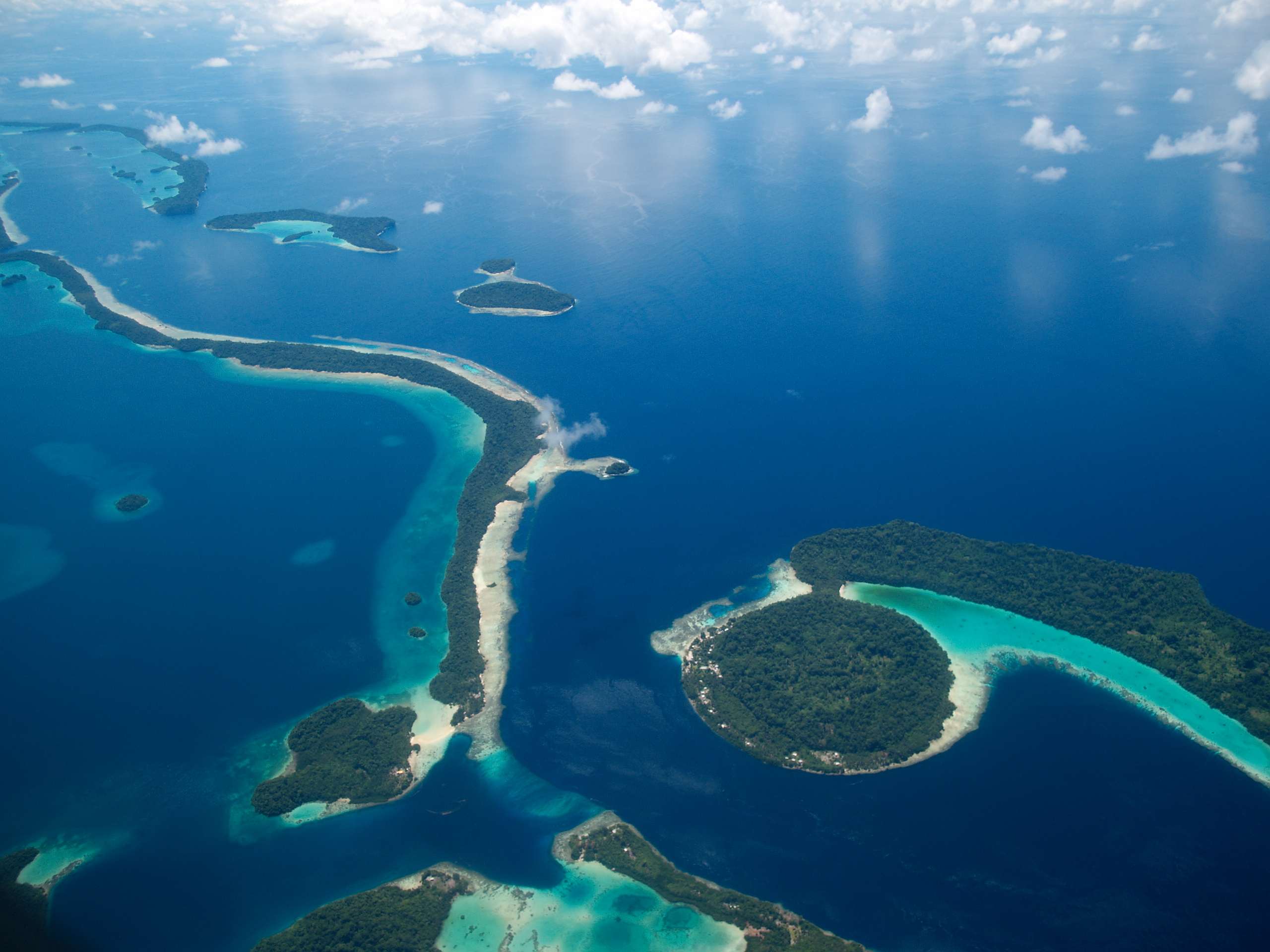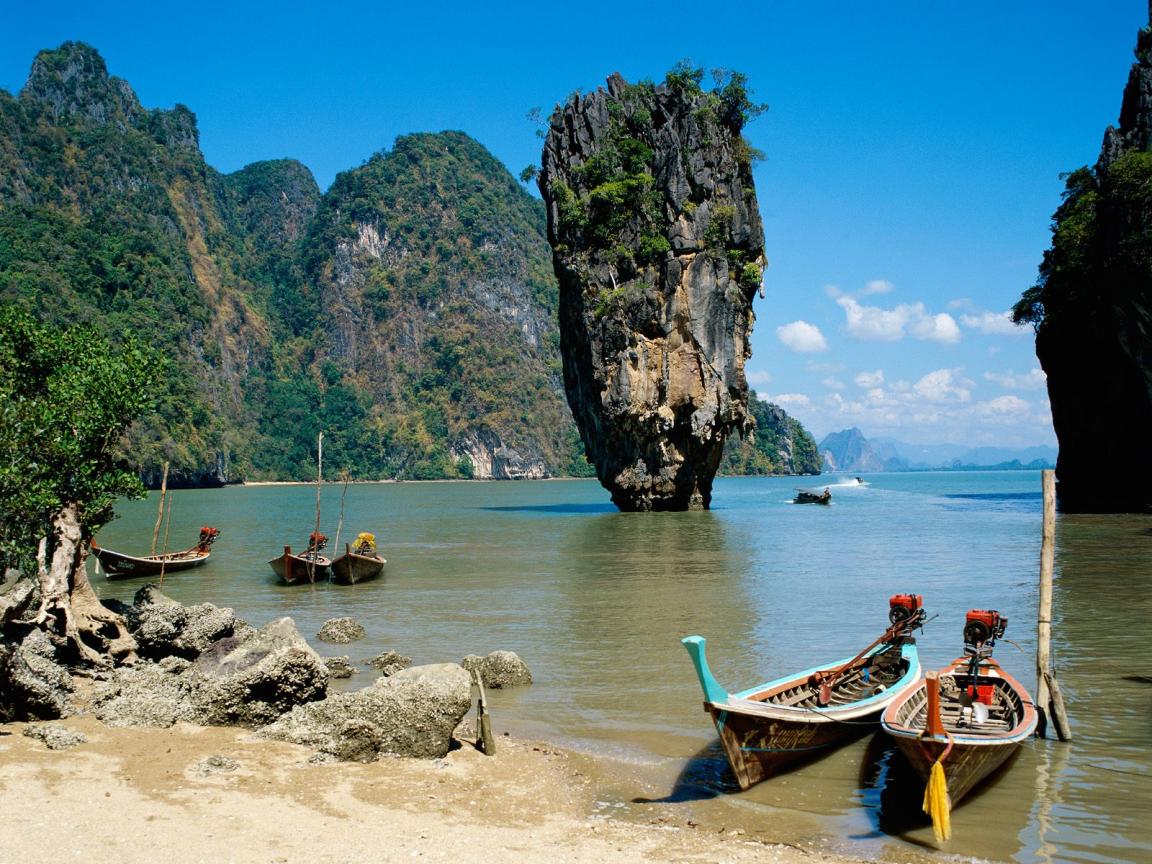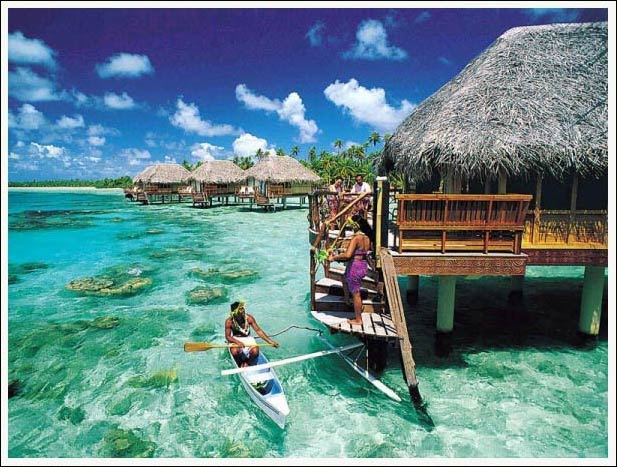Escape for the Weekend
Explore our collection of weekend
Saint Vincent and theGrenadines
San Marino
Sao Tome and Principe
What to see in Sao Tome and Principe? Obo National Park; Fort São Sebastião; Monte Café; Lagoa Azul; Sete Pedras; Bone de Joquei; Pedra Gale; and Jockey Cap Island.
The Democratic Republic of Sao Tome and Principe is an island country in Central Africa, located on the eponymous archipelago in the Gulf of Guinea, off the coast of Africa. The state consists of two islands of volcanic origin - Sao Tome and Principe, located at a distance of 140 km from each other, and six smaller islands. Sao Tome and Principe is the smallest Portuguese-speaking country in the world. The capital of the state is Sao Tome. The official language is Portuguese.
The national currency is the Dobra. You can exchange money at outdoor exchange stands in the capital city or at the hotel. Credit cards are accepted in big cities, but it is highly recommended to have enough cash with you.
The terrain of the country is rather mountainous, as the islands are a part of a chain of extinct volcanoes. The climate is tropical with high humidity and the average temperatures of around 27 degrees Celsius.
In Sao Tome and Principe you have an opportunity to enjoy the pristine nature, uncrowded beaches, abundant wildlife and relaxed pace of life.
In the city of Sao Tome you will see lush green parks and colorful colonial mansions, preserved quite well since Portuguese rule.
Nature lovers will undoubtedly like Obo National Park, where you can watch wild birds, see gorgeous orchids and a picturesque waterfall and climb Pico de Sao Tome, whose height is more than 2 thousand meters.
Those who are fond of history should visit Fort São Sebastião, which was built in 1575 and now is functioning as a national museum.
You will like tranquil and romantic beaches of Principe, offering lots of opportunities for swimming, snorkeling and diving; and beautiful plantations of Sao Tome and Principe, the atmosphere of which bring you to colonial times. One of the most popular plantations is Monte Café, where you can visit a coffee museum.
Airports
São Tomé International Airport (TMS) is the main international airport in São Tomé and Príncipe.
Diving in Sao Tome and Principe
This small island country has all the conditions for fascinating diving: perfect water visibility, abundant marine life, plenty of various corals and fancy volcanic formations.
Off Sao Tome you will find the following dive sites:
Lagoa Azul, suitable for all levels, where you will find picturesque underwater rocks and corals, teeming with butterfly fish, morays, red carps and soldier fish;
Diogo Vaz, where you can meet rock fish and large brown, yellow and red gorgons;
Sao Miguel – 2 islets, featuring rich fauna, which includes sharks and turtles;
Sete Pedras, a group of rocks with crystal-clear water, coral reef and large fish;
In Kia you will find lots of morays, rock fish, sharks and red carps.
The waters of Principe are also good for diving.
In Pedras Tinhosas you can dive near large vertical rocks accompanied by sand sharks, hammer sharks and king fish.
Bone de Joquei boasts steep walls and massive rocks inhabited by red carps and sand sharks.
Pedra Gale is said to be one of the best dive sites of Principe for its picturesque corals and great variety of marine species.
Near Jockey Cap Island you will meet barracudas, trigger fish, parrot fish and sometimes turtles.
Saudi Arabia
Religious monuments of Mecca and Medina; Wahba Crater; the mountainous Taif; Al-Nufud Al-Kabir Desert; wrecks of the Miss Marie and the Ann-Ann; old wrecks of Abu Madafi reef;
The kingdom of Saudi Arabia is the largest country on the Arabian Peninsula, which occupies 2.2 million square kilometers with the population of more than 30 million people. It shares borders with Jordan, Iraq and Kuwait to the north, Qatar and the United Arab Emirates to the east, Oman to the southeast, and Yemen to the south. It is washed by the Persian Gulf in the northeast and by the Red Sea in the west. The capital of the kingdom is Riyadh. The official language is Arabic.
The national currency is the Saudi riyal. Money can be exchanged at the airport, banks or exchange offices. All major credit cards are accepted at shops, hotels and restaurants. ATMs are widely spread.
Most part of the kingdom is covered with the Arabian Desert. The climate is hot and dry with the average summer temperature of 45 degrees Celsius.
Saudi Arabia is often called "The Land of the Two Mosques", referring to Mecca and Medina - the two main holy cities of Islam. Millions of pilgrims come to Saudi Arabia every year to visit these revered places. Masjid an-Nabi and Quba Mosque in Medina and Grand Mosque in Mecca, besides their religious meaning are also stunning architectural monuments.
Nature lovers will find lots of interesting in this country: in the Asir National Park you can go trekking and camping; in Wahba Crater you will see lava fields and salt pans; in the mountainous Taif you can go climbing and enjoy amazing roses; Shada Mountain gives a lot of opportunities for climbing and hiking too; in the Northern Borders you can see wolves, gazelles, jackals, hyenas, scorpions, rabbits, as well as falcons and bustards. Do not forget about deserts – for example, Al-Nufud Al-Kabir Desert, whose dunes leave imperishable impression.
Airports
King Fahd International Airport (KFIA) (DMM), situated 20 kilometers from Dammam
King Abdulaziz International Airport (KAIA) (JED), located near Jeddah
King Khalid International Airport (RUH) is located 35 kilometers from Riyadh
Prince Mohammad bin Abdulaziz International Airport (MED), Medina
Al-Ahsa International Airport (HOF) serves Hofuf
Yanbu Airport (YNB), Yanbu
Diving in Saudi Arabia
Due to visa restrictions Saudi Arabia’s coasts are not overcrowded, and its dive sites are almost pristine.
The most popular diving areas are situated around Jeddah and Yanbu, where you can find good reefs, teeming with marine critters and interesting wrecks including the Miss Marie, a coaster covered now with corals inhabited by turtles, moray eels and rays; the Ann-Ann wreck on the Abu Faramish reef, located just 10 meters deep, which makes it a good wreck for beginners; and Cable Wreck on the Abu Tair Reef, covered with hydroids and beloved by blue-lined snappers, giant morays and crocodile fish.
At the Abu Madafi reef there are some old wrecks, which have nearly grown into the reef. One of them is the Boiler Wreck, turned into a picturesque man-made reef. Moreover the reef is very interesting in itself with lots of caverns, arches and caves.
Off the Farasan archipelago you have an opportunity to dive among numerous semi-submerged reefs, small islands and volcanic cones and see lots of fish, including tiger sharks.
In the waters of Yanbu you can go wall diving, see huge gorgonian corals and walls of black corals and meet anthias, moray eels, clownfish, butterfly fish and snappers, as well as tunas, barracudas and mantas.
Serbia
Seychelles
Giant tortoises in Aldabra; rare birds of Aride and Cousin islands; Mahe Island; St. Anne Marine National Park; the Ennerdale wreck; the Twin Barges near the Corsair Reef; and Cosmoledo atoll
Seychelles, officially named the Republic of Seychelles, is a state situated on 115 islands in the Indian Ocean. The capital of Seychelles is Victoria. The nearest neighbors are Zanzibar to the west and Comoros, Mauritius, Mayotte, Réunion and Madagascar to the south. Seychelles’ population comprises only 90 thousand people; the total area is 459 square kilometers. The official languages are French, English and Seychellois Creole.
The national currency is the Seychellois rupee. Euros and credit cards are widely used. ATMs can be found on Mahé, La Digue and Praslin. The best exchange rate is at banks and bureaux de change.
The archipelago has a tropical climate. In the coolest months – July and August – the average temperature is about 24 degrees Celsius.
Seychelles is often called the “paradise archipelago”. It is the land of idyllic endless beaches, coconut copses and cinnamon plantations, serene gardens and bird reserves, incredibly clear ocean waters and colorful fish and corals. The mild climate of Seychelles does not feature uncomfortable extremities.
Nature lovers should not miss the chance to see giant land tortoises in Aldabra, the world's biggest atoll; to watch hawksbill turtles on Bird Island; to take pictures of rare bird species on Aride and Cousin islands; to take a glass-bottom boat trip in the Sainte Anne National Marine Park; and to visit Vallée de Mai, where you can see the prehistoric forest of coco de mer trees and watch endemic birds.
Seychelles is a good place for those who are fond of outdoor activities: here you can go yachting or boating among the gorgeous tranquil islands; enjoy horse riding, cycling, snorkeling, windsurfing, sailing and fishing.
On Mahe Island – the largest of the archipelago – you can visit the Botanical Gardens and the islands' Natural History Museum, see the replica of London's Vauxhall Bridge Tower Clock and enjoy the relaxed colonial atmosphere of gracious mansions and lush plantations.
Airports
Seychelles International Airport (SEZ) situated on the island of Mahé, Victoria.
Diving in Seychelles
The Seychelles are divided inner and outer islands. The inner – granite – islands are mostly the tops of submerged mountains. The outer islands are essentially low-lying coral atolls and cays.
In the waters of Aldabra you can find impressive terraced walls and meet green turtles.
St. Anne Marine National Park Island deserves attention as a good diving place with picturesque underwater landscapes and abundant marine life.
Between Mahe and Praslin islands you will find the Ennerdale wreck – a 62,000-ton tanker sunk in 1970 and now teeming with moray eels, snappers and lionfish.
Near the Corsair Reef you can explore the Twin Barges, intentionally sunk in 1989 and inhabited by various marine critters.
Off Praslin Island there is Sisters Rock - a group of large rocks with small tunnels and gullies.
In Grouper Point you can see whale sharks and reef sharks.
Near Cosmoledo atoll there are massive hard corals with 3-meter gorgonian fans and huge barrel sponges.
Singapore
What to see in Singapore? Singapore Botanic Gardens; the Singapore Flyer; Bukit Timah Nature Reserve; Marina Bay Sands; underwater beauties of Pulau Hantu; pinnacles and corals of the Marine Park of Johor
Singapore, the complete official name is the Republic of Singapore, is an island country in Southeast Asia, situated near the southern tip of the Malay Peninsula and separated from it by the Straits of Johor. Singapore's territory consists of the diamond-shaped main island, Pulau Ujong in Malay, and more than 60 smaller islets. The Singapore Strait separates Singapore from Riau Islands. The total area of the country comprises 718 square kilometers; the population is 5.5 million people. The capital is Singapore. The official languages are English, Malay, Mandarin and Tamil.
The national currency is the Singapore dollar. Money can be exchanged at the airport, banks and exchange offices. ATMs are located literally everywhere. All major credit cards are widely accepted.
Singapore’s climate is tropical rainforest. The monsoon season lasts from November to January; while the hottest months are April and May.
This small island country is full of various attractions. One trip is not enough to see even half of historic sites, attractions, parks and picturesque corners of this amazing Asian state, so you will inevitably want to come back.
Nature lovers will be captivated by Singapore Botanic Gardens, where you can admire more than a thousand orchid species; by Bukit Timah Nature Reserve, which makes an impression of an authentic jungle; and by Singapore Zoo and Night Safari, which give an opportunity to see lots of animals within touching distance.
Those who like urban beauty will be charmed by Marina Bay Sands and the Singapore River, from where you can see fantastic skyscrapers of Singapore. You can get the stunning panoramic view of the city from the Singapore Flyer, one of the largest observation wheels in the world.
Do not forget to visit Chinatown and Little India and plunge into the atmosphere of these ancient cultures.
And, of course, you will like shopping in Haji Lane in the center of the Arab Quarter, and delicious Asian food, which can be bought in widely spread street food markets.
Airports
Singapore Changi Airport (SIN), the main civilian airport of Singapore
Diving in Singapore
One of the most popular diving areas in Singapore is Pulau Hantu, consisting on two islands, Hantu Besar and Hantu Kecil and situated about 20-minute motorboat ride from Keppel Bay. Here you can dive among picturesque corals and see nudibranches, turtles, seahorses, barracudas and nurse sharks. The water temperature is 28-30 degrees Celsius; the visibility is about 5 meters.
In the Marine Park of Johor, situated northeast of Singapore, you will find interesting underwater pinnacles, rising from 30m deep, plenty of hard and soft corals growth and fancy underwater rocks. The local marine fauna includes whale sharks and large manta rays.
Sint Maarten
Slovakia
The Old Town Hall, St. Martin Cathedral, Mirbach Palace and the Royal Castle in Bratislava; the ancient town of Bojnice; the "leaning tower" of Banska Bystrica; the National Nature Reserve Demänovská; flooded tunnels near Mount Dubnik;
Slovakia, or the Slovak Republic, is a landlocked country in Central Europe. Its closest neighbors are Poland, Austria, Czech Republic, Hungary and Ukraine. The country is famous for many natural attractions, including clean air, breathtaking ice caves, healing mineral springs, as well as the stunning Carpathian Mountains and the world-famous Danube valley. All of this, combined with the unique cultural and historical monuments and original architecture, make Slovakia one of the most interesting tourist destinations in Europe. The climate of the state is temperate continental.
The Slovak capital, Bratislava, has charmed by its exquisite architecture and rich history more than one generation of tourists. Here you can see the majestic building of the Old Town Hall, the magnificent Roland Fountain, the mystical St. Martin Cathedral, as well as many other places such as the Redoubt, the Primate’s Palace, Mirbach Palace and the Bratislava Royal Castle, whose original architecture cries out to be photographed. Connoisseurs of cultural and historical heritage can visit numerous museums – the Archaeological Museum, the Historical Museum, the Museum of Decorative Arts, the Museum of non-European cultures, as well as the City Museum and the Museum of Wine.
In the ancient town of Bojnice founded in the 12th century you can see its famous old castle. An original 30-meter high "leaning tower" can be seen in the town of Banska Bystrica; in Levoca you can admire the beautiful Cathedral of St. Jacob and the gothic church located on Marian Mount; and in Spisske Podhradie there are Europe’s largest remains of a Romanesque fortress. Nature enthusiasts should not miss the chance to visit the grand National Park Slovak Paradise, and the mysterious caves in the National Nature Reserve Demänovská.
The national currency is the Euro.
International airports in Slovakia
• M. R. Štefánik Airport (BTS), Bratislava
• Kosice International Airport (KSC), Kosice
• Poprad-Tatry Airport (TAT), Poprad
Diving in Slovakia
Diving in a landlocked country is undoubtedly rather specific and may not catch fancy of everyone. First of all, it is about low water temperature in lakes, where Slovak diving takes place. Moreover, the lakes cannot boast of such a perfect underwater visibility as the tropical sea. However, such features do not deter connoisseurs diving, and their intrepidity is rewarded with complete emotional satisfaction from diving in Slovakia.
The most popular dive areas of the country are situated in Bratislava region, in particular, in Senetsky Lakes and Lake Gulashka. In autumn and spring, when underwater visibility gets significantly better, Zlaté Piesky (Golden Sands Lake) also becomes popular among divers. Thrill seekers can visit Lake Shtvrtotska Pila near Hrabusice, whose ice water is crystal clear. Popular dive sites also include Lake Tornal’a, better known as the "Sea Eye"; Šútovský quarry; Lake Male Kosariska near the town of Dunajska Luzna; reservoir Jakubovany at the foot of the Chergovsky mountains; the dam Ruzin, with its rough cliffs; Dedinky, Domasa, and lakes Richňavské jazero and Vindšachtské jazero, which are situated near the city of Banska Stiavnitsa.
In Slovakia, you can also explore many underwater karst cave systems, for example, flooded tunnels of an opal mine near Mount Dubnik, but such dives suit only experienced divers with a status not lower than "master".
Solomon Islands
What to see in the Solomon Islands? Kavachi volcano; Marovo Lagoon; Tetepare Island reserve; Arawon Island; Tegano Lake; East Rennell atoll.
Melanesians are considered to have been inhabiting the Solomon Islands for several thousand years. It can surprise that during such a long period of time this territory has not reached the same level of development as in Europe, cannot it? However do not forget that pacific countries are the most isolated region in the world. The Solomon Islands are a state situated in Melanesia eastward from Papua New Guinea. It consists of 992 islands, but only 347 of them are inhabited. The country got independence from Great Britain only in 1978. The northern part of the Solomon Islands Archipelago (including Bougainville Island, Buka Island, Nissan Island and range of atolls) belongs to Papua New Guinea. The capital of the Solomon Islands – Honiara – is situated on the largest island of the country – Guadalcanal. The official language is English, though only 2% of the population can speak it. At the same time Melanesian people widely use Melanesian “pidgin” (which is, in fact, Creole language), and 120 other languages. The national currency is Solomon Islands dollar (SBD). The main line of industry is fishing. Tuna from the Solomon Islands is exported to all over the Europe. The cultural image of this region is pretty much the same as many years ago. Nearly all the houses are traditional: rectangular huts with wicker walls and gabble roof made of palm leaves. But in large towns you can easily find buildings of European type. Melanesians prefer modern clothes, few if any wear waistcloths. The climate is subequatorial, very humid. The average temperature is 26-28 degrees Celsius and it hardly ever changes throughout the year. The most comfortable period is from May to October, during this time it is relatively dry and not hot. The hottest and the most humid period continues from December to March. It is highly recommended to get vaccinated against malaria, typhus, hepatitis B and jungle fever if you are going to visit this region. The Solomon Islands undoubtedly merit divers’ attention with their incredibly bright underwater world and enormous number of sunken ships and crashed airplanes of the Second World War. Generally the depth in diving spots is from 20 to 45 meters and water temperature is about 25-30 degrees Celsius.
On the Solomon Islands there is an active underwater volcano Kavachi, belonging to the New Georgia Islands. On New Georgia Island there is the world’s biggest saltwater lagoon – Marovo Lagoon. There you can find volcanic islands with active volcanoes. They are too small so their activity poses no danger. However here you can explore complex volcanic bottom configuration, forming various grottos, caves, walls and tunnels inhabited by very interesting creatures.
The biggest island of the lagoon is Tetepare Island. It is a reserve of international importance, where you can meet endangered leather turtles and particular species of sea cows. Arawon Island, which is called Turtle Island, is inhabited by rare species of hawksbill turtles. The territory of the Solomon Islands includes East Rennell – the world’s largest raised coral atoll. Also on Rennell Island there is the biggest freshwater lake in the southern part of the Pacific Ocean with more than 200 islands and diverse flora and fauna – Tegano Lake.
You can get to the Solomon Islands from Darwin, Melbourne, Brisbane, Sydney, Oakland and some other cities of Australia and New Zealand. There are 40 airports on the Solomon Islands and one of them is international:
- Honiara International Airport (HIR)
The biggest island of the lagoon is Tetepare Island. It is a reserve of international importance, where you can meet endangered leather turtles and particular species of sea cows. Arawon Island, which is called Turtle Island, is inhabited by rare species of hawksbill turtles. The territory of the Solomon Islands includes East Rennell – the world’s largest raised coral atoll. Also on Rennell Island there is the biggest freshwater lake in the southern part of the Pacific Ocean with more than 200 islands and diverse flora and fauna – Tegano Lake.
Guadalcanal is surrounded by fifty-odd war ships, and many of them, which were driven ashore due to injuries, remain on the same place. About twenty more ships sunk among Savo Island and capes Tessafaronga and Esperance, which can be easily seen due to water transparency though they are situated on the depth exceeding scuba-diving limits.
To the north of Guadalcanal Island, on the bottom, there are tens of Japanese, American and English fighters. Many crash sites have been covered with marine sediments but the most popular ones are regularly cleared by divers themselves.
